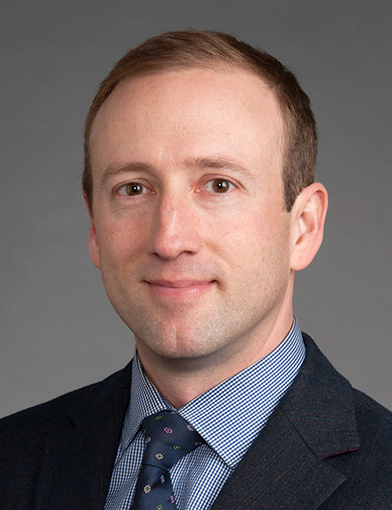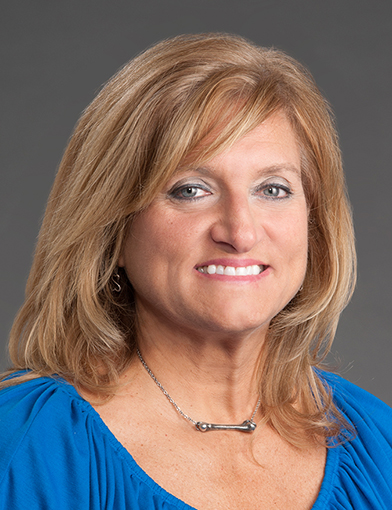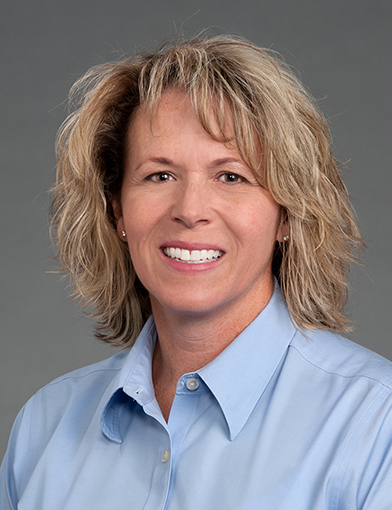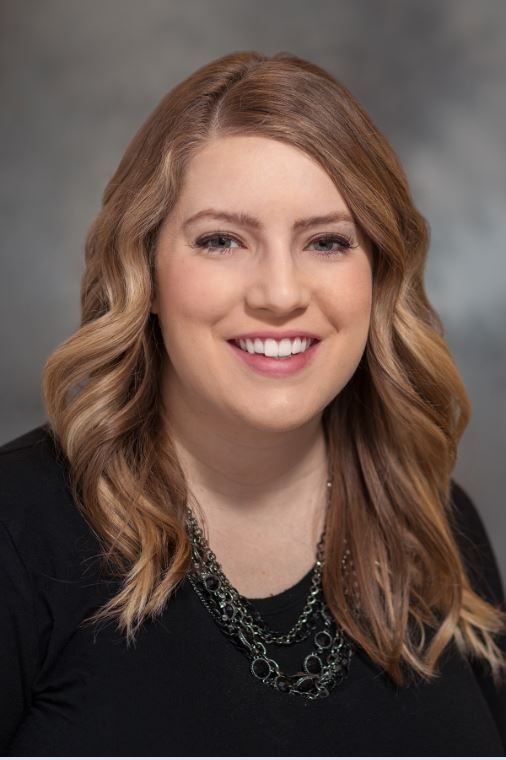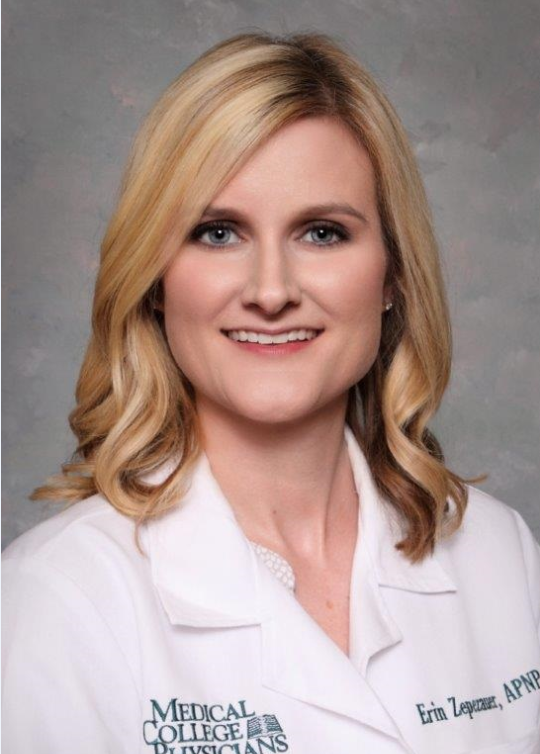Jefferson Hospital, located in Jefferson Hills, PA and part of the Allegheny Health Network, implemented their Own the Bone program in early 2012 and was the first post-fracture care program in the area.
Jefferson Hospital is a 373 bed, community-based regional hospital facility dedicated to serving more than 280,000 residents in Western Pennsylvania. Their Own the Bone program, implemented in early 2012, was the first post-fracture care program in the area. The program is championed by orthopedic physician David Stapor, MD and run by Lynette Judy RN, who coordinates the in-patient education and post-fracture care and follow up. The initial program focused on in-patient fragility fractures and has since developed into a comprehensive program involving numerous specialties and departments in the care of fragility fracture patients.
According to Lynette Judy, Jefferson Hospital’s Own the Bone Program and Osteoporosis Coordinator, Own the Bone was implemented due to their continued involvement with fragility fracture patients; caring for their first fracture but also subsequent fractures. One of the main draws of the Own the Bone program was the education to physicians, nurses, patients, and families; education Jefferson Hospital’s team desperately needed but didn’t know how to provide. Lynette found the resources Own the Bone provided both easy to use and something that could be built upon as they grew their program.
“We followed the implementation guide provided by the Own the Bone program. From this guide we were able to start small and over the years we were able to grow the program into what we wanted it to be; and it continues to grow.”
There are several ways fragility fracture patients are identified for the Own the Bone program. Daily nursing assessments include a “Muscular/Skeletal” evaluation and a check box is available to indicate if the patient is over the age of 50, and has a fracture. If this box is checked the patient’s name and medical recorded are automatically sent through Jefferson Hospital’s EMR to Lynette’s computer, where it populates on a screen specifically for Own the Bone patients. Alternatively, a physician can order the consult; which will also send the patient’s information to Lynette’s computer. Finally, to catch any “lost” patients, Lynette will review the previous day’s operating room list and identify patients based on the orthopaedic surgeries. She will then use the census of the patients on the orthopedic unit to identify patient name, room number, and admitting diagnosis. Using these methods Lynette rarely misses eligible patients. As the program incorporates outpatient fragility fractures, Lynette will also receive a print copy of the patients that were seen in the emergency room and sent home with fractures.
In the infancy of the program, patients and families were educated on seven best practices; Calcium, Vitamin D, regular weight baring exercise, fall prevention, smoking cessation, limiting alcohol consumption, and DXA testing. They started with the basics, providing counseling to the patient, along with educational pamphlets detailing the best practices they discussed, and the osteoporosis nurse’s contact information if they had additional questions. At the time of discharge, letters were sent to the patient detailing the discussion that took place and reiterating the seven best practices. A letter was also mailed to the patient’s primary care physician describing the current fragility fracture, previous fracture, risk factors, medications that pose a risk for weak bone, any treatments initiated, DXA testing request, education that was provided to their patient, and any issues that may pose problems with osteoporosis medications.
Over the course of several years many changes have taken place within Jefferson Regional’s program. One improvement has been an increase in Physician involvement. Lynette credits the improvement to her effort of making the program easy for the physicians. Her messaging is “what can she do for them.” This has led to her role as a program consultant to the physicians.
Another growth of Jefferson Hospital’s program has been the edition of outpatient education. The physician, often the PCP, will call Lynette with the patient’s name and contact information; she will then call the patient to set up an appointment. Although, as an RN, Lynette cannot bill for her services, she can document that the patient was counselled. She has found that patients appreciate that this service is complimentary and that there is no co-pay for their visit with Lynette. Once counseled on their bone health, Lynette and the patient devise an easy-to-follow plan to help the patient meet their goals. Following patient discharge a nursing note is added to their online medical record and then faxed, along with the plan, to the referring physician.
A fracture board has also been instituted to help in-patients receive immediate care and oversee several complimentary initiatives including improving time from fracture diagnosis to surgery and decreasing the incidence of hospital acquired bed sores. The concept of a fracture board is fairly new to the AHN network and is currently only in place at Jefferson Hospital. The departments that make up their fracture board are emergency room staff, radiology, laboratory, bed placement, operating room staff, and the orthopedic care department.
Community outreach has become a core piece of the program. In part, due to Jefferson Hospital’s role as a community advocator which includes a community outreach program that identifies educational needs within the community. Lynette can be contacted by the Community Outreach Liaison to attend community events. Additionally, Lynette has facilitated her own community involvement throughout Jefferson Hills. Using a PowerPoint presentation created for the public Lynette has presented at local Libraries as part of their community outreach programs.
Lynette notes that the success of Jefferson Hospital’s Own the Bone program and fragility fracture care is largely due to the team surrounding her, including the immense support for program advancement she receives from the executive team including the Director of Orthopedics and Jefferson Hospital’s CEO. She also praises the program’s physician Champion, Dr. David Stapor, as “always looking for ways to make the fracture patient a priority. Dr. Stapor is probably the most committed physician I have ever met; he is always encouraging me throughout this whole process.”
As with any program, Lynette shares that there is still room for growth. One area that Jefferson Regional’s team is still looking to improve is the use of pharmacological osteoporosis treatment. So far, treatment has climbed from 3.9% to 16.6% since Own the was implemented. Lynette is also looking to collect data to demonstrate a correlation between time of admittance to surgery and fewer complications with a shorter stay overall. As far as expansion of their outpatient fracture population Lynette soon hopes to be able to contact the patients that were seen in the emergency department for a fracture, but discharged instead of being admitted.
Lynette explains their journey with fracture prevention and the Own the Bone program as climbing a ladder “you must start to climb the ladder to get to the top and to reach the top you must take steps to achieve the goal.”
Published April 2017
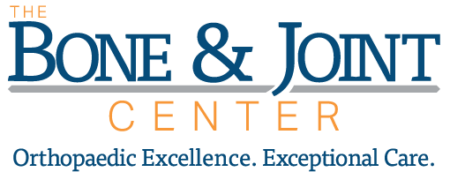
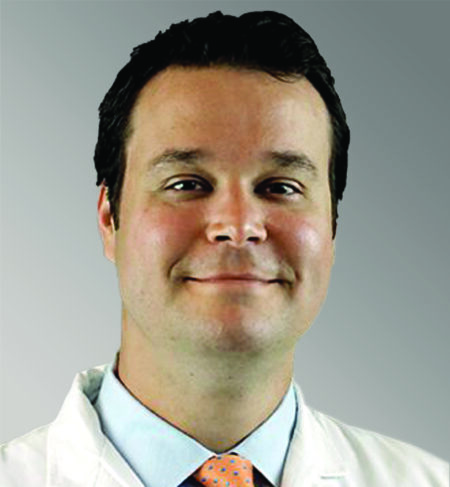
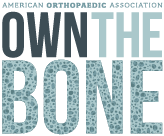
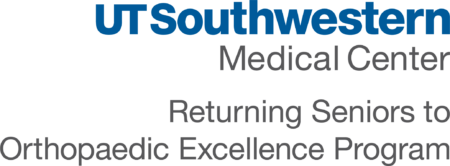
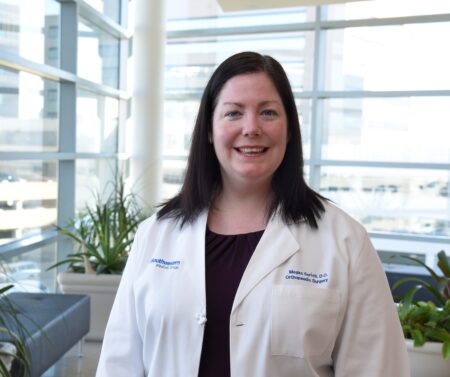
 Orthopaedic Associates of Central Maryland – Catonsville, MD
Orthopaedic Associates of Central Maryland – Catonsville, MD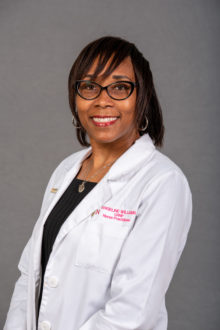
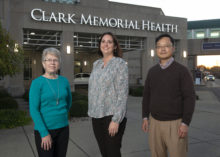 Clark Memorial Health – Jeffersonville, IN
Clark Memorial Health – Jeffersonville, IN